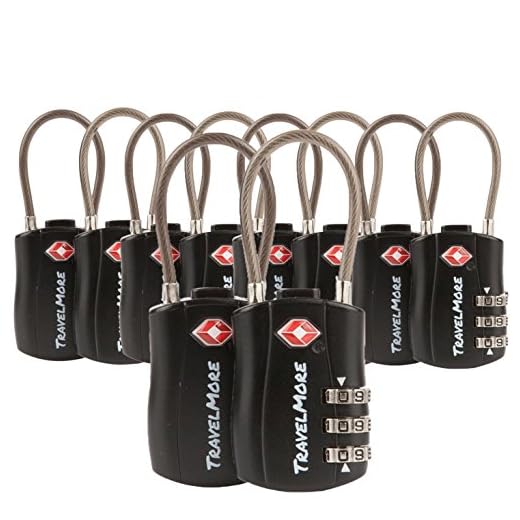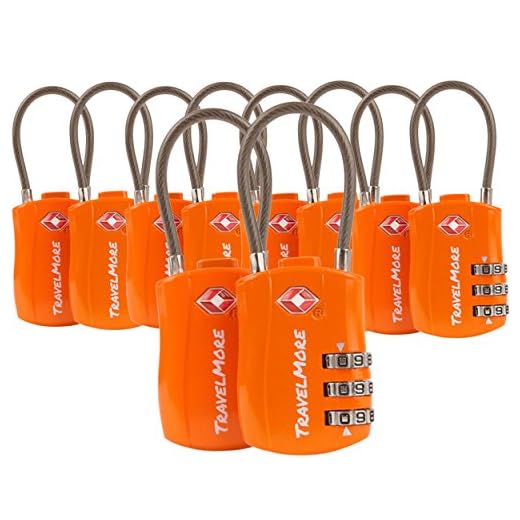



To make changes to your travel bag’s security code, locate the reset mechanism. Most designs feature a small pinhole or lever hidden near the locking mechanism. Use a fine tool, such as a paperclip or similar object, to push or slide this component into place.
Next, while maintaining pressure on the reset mechanism, rotate the dials to your desired numeric configuration. Ensure the new setting is complex yet memorable, balancing security with ease of recall. After establishing the new sequence, release the reset component. Always verify the new setup by closing the clasp and testing it multiple times to confirm that it secures correctly.
In cases where you’ve forgotten the existing number, refer to the manufacturer’s manual for specific instructions or troubleshooting steps that may assist in recovering access. If document assistance isn’t available, consider reaching out to customer service for guided solutions tailored to your specific model.
Steps to Change the Security Code of Your Travel Bag
To alter the security code, locate the small reset button typically found on the side or bottom of the device. Press this button using a pointed object until you hear a click, indicating the mechanism is in reset mode.
Now, set your desired code. Rotate each dial to the new numbers while ensuring they align properly. After setting the new digits, release the reset button. Test the new code by closing the mechanism and trying to open it again with the newly set numbers.
Additional Tips for Ensuring Code Security
Choose a unique sequence that is not easily guessable. Avoid using common combinations like “123” or your birth year. Consider writing it down and storing it in a secure place, but make sure it’s not accessible to anyone else.
What to Do If You Forget the Sequence
If the sequence is forgotten, most devices have a master code or key that can be used to access your bag. Check the manufacturer’s website for guidance on retrieving it or consult their customer service for assistance.
Identifying the Type of Security Mechanism on Your Bag
Before altering the access method of your travel suitcase, confirm which type of security mechanism is in use. The most common types include numeric dials, TSA-approved locks, and key locks. Each type requires a different approach for changing access codes.
| Type | Description | Resetting Requirements |
|---|---|---|
| Numeric Dials | Typically has a rotating dial with numbers, where a specific sequence must be aligned to secure or release the bag. | Look for a small button or lever to adjust the code, often found on the bottom of the dial. |
| TSA-Approved Locks | These can be opened by TSA agents using a master key while also allowing the owner to set their own combination. | Generally, a reset button or lever will be present that needs to be pressed while setting the new combination. |
| Key Locks | Operated with a physical key that must be inserted to open the suitcase. | Typically does not require resetting as codes are not involved; if lost, the key must be replaced. |
When selecting travel gear, consider options like the best luxury travel tote with zipper or the best rolling backpack carry on, both providing secure features for safe transport.
If you’re using plastic bags for packing, you may be curious about the usability of various products. Check information on whether are tesco freezer bags microwavable to ensure your items are secured and safely stored.
Steps to Modify a TSA-Approved Fastener
Follow these precise instructions to modify the security mechanism on your bags:
- Ensure the device is set to the original factory settings. This often defaults to 0-0-0 or 1-2-3.
- Locate the reset button or lever, typically found on the side or bottom of the mechanism. This may require using a pin or small tool.
- Press and hold the reset button while you simultaneously set your preferred new sequence on the dial or slider.
- Release the reset button and test the newly established sequence to verify the change was successful.
- Lock and unlock the fastener a few times to ensure it operates correctly with the new settings.
Perform these steps carefully to avoid any malfunction.
Changing the Code on Non-TSA Approved Locks
To alter the numeric settings on non-TSA approved fasteners, locate the small reset button, usually situated on the side or bottom of the device. During this process, ensure the current setting is known or set to the factory default, as this will be your reference point.
Press and hold the reset button while simultaneously rotating the dials to your new sequence. Keep holding the button until the desired numbers are selected. Once done, release the reset button to save the new configuration.
Test the new sequence several times to confirm functionality, ensuring the mechanism operates smoothly without sticking or failing. If any issues arise, repeat the steps while verifying the accuracy of your new selection.
For best results, refer to the manufacturer’s instructions specific to your model, as variations may exist in design and operation.
Common Issues and Troubleshooting Tips
If you experience difficulties with your travel container securing device, it’s often due to overlooked details. Check for any obstructions that might interfere with the mechanism, such as debris or foreign objects lodged within the mechanism slots.
When facing a situation where the code seems incorrect, ensure that you are aligning all dials precisely with the intended settings. Misalignment can occur if forced or if the device has been inadvertently bumped during transit.
Should the apparatus be jammed, gently manipulate the mechanism back and forth without applying excessive force. A light lubricant can help if the system appears sticky but avoid overusing any chemicals that could damage the finish.
If multiple attempts to engage the system fail, take a break and allow the mechanism to reset. Frequent attempts can lead to further complications or locking mechanisms being temporarily disabled as a precaution.
In situations where bypassing the system becomes necessary, consult the manufacturer’s guidelines. Some brands may provide alternative methods for access or specific troubleshooting steps best suited for their design.
Always document any changes made to securing codes and keep this information in a secure location. If problems persist, consider seeking assistance from a professional locksmith familiar with travel gear systems.
Preventing Future Combination Lock Conflicts
Maintain a written record of your unique access code in a secure place. Consider using a password manager or a locked document to prevent unauthorized access. This measure ensures you won’t forget your numbers and can avoid potential confusion down the road.
Regularly review the current access code after every trip. This practice helps ensure it hasn’t been unintentionally altered during handling by airport personnel or luggage handlers.
Choose a code that is memorable yet difficult for others to guess. Avoid using easily associated numbers such as birthdays or anniversaries. Combining random numbers can add an extra layer of security.
Consider periodic changes to your unique digits, particularly after significant journeys or if you suspect your bag has been mishandled. Frequent updates reduce the risk of unauthorized access.
Utilize additional security measures, such as tags or stickers that include your name and contact details. In the event of lost baggage, this can aid recovery without compromising your secure access code.
Engage in routine checks to ensure all components function properly. Address any wear and tear promptly to prevent malfunction that could result in access issues or the inability to secure your belongings effectively.






